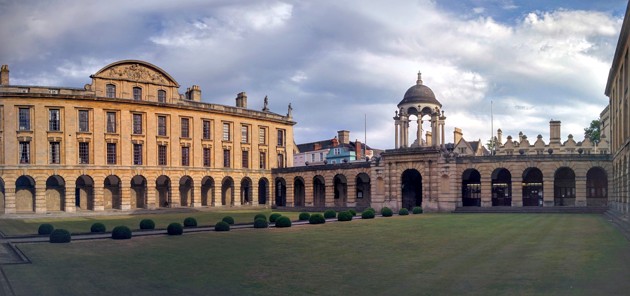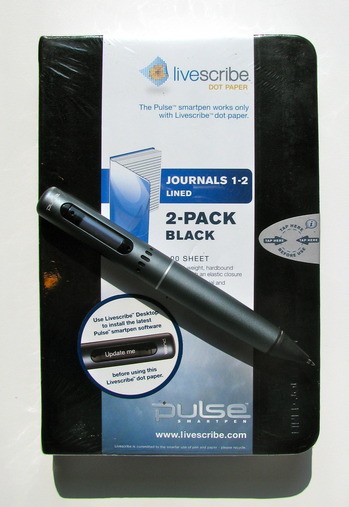
Two quick updates on themes I’ve mentioned over the years.
Hit: Google Photos. You may well already have started using this service — some 100 million people have done so since its debut early this year. If you haven’t, by all means check it out. It is the closest thing I’ve had to the feeling of magic in online life in a very long while.
This review a few months ago, by Casey Newton in The Verge, gives you the main idea. The title, “How Google solved our photo backup nightmare,” covers one main feature. Just as Gmail long ago became the place where it was easiest and most efficient to store, arrange, retrieve, and otherwise handle electronic messages, Google Photos finally seem as if it can be the answer for the ever-mounting volume of digital images. Yes, I’m aware that Google is making use of the vast raw data users entrust to it. Newton’s piece, and another in Vergeby Ryan Gantz, explain why they think (as I do) that the tradeoff is worthwhile.
Beyond the storage-dump aspect is the application of big-data in ways that are sometimes creepy but more often useful and even astonishing. This past summer I took a few camera-phone snapshots at The Queen’s College in Oxford, where my wife and I were married long ago. The next time I logged into Google Photos, it had, unbidden, aligned and assembled the patches into the composite panorama you see above, or here. Pictures you take in the modern geo-tagging age it can of course match to locations. But based on images alone it has gone through and grouped old photos by location — giving me, for instance, a collection of pictures taken in Duluth, Minnesota in 2002, or another from Shanghai a few years later.
As Gantz says:
The service delights by offering me presents. As photos upload, Google Photos is processing old pictures I’ve forgotten about, including images that I’ve assumed were unremarkable or superfluous, and assembling them into collages, animations, and experiences that I wasn’t aware I wanted. “Assistant” offers me its creations and politely asks if I want to dismiss them or add them to my library. Like an opening of Timehop, these little creations can be surprising and lovely.
It’s hard to appreciate this feature until you experience it. I keep eagerly checking Google Photos notifications on my phone, excited about what Assistant has crafted from my digital trail. I find animations of my children playing on the grass, a collage of my wife giggling, a trip to Austin rendered as a slide show.
Let me emphasize the “hard to appreciate until you’ve seen it” point. For instance, here is a GIF animation of a visit to the Southern Tier brewery near Chautauqua in August, which Google Photos auto-created from a set of phone snapshots.
Judge for yourself, but certainly give it a try.
***
Miss: Livescribe Pen.I’ll try to make this concise, because I’m writing to amend the record rather than to beat up on anyone.
Starting six years ago, I have in this space frequently sung the praises of the Livescribe pen. When it appeared, Livescribe was another seemingly magical step forward: it matched notes you made in a special notebook, with audio recordings it was making at the same time. Later on, you could simply click on the notes you’d made — during an interview, at a lecture, in a language lesson — and hear that exact part of the recording played back.

The system indeed worked like magic — when it worked. But over the years, I have come to mistrust successive Livescribe models because in the real world, for me, they simply failed too often.
A pen would suddenly and unobtrusively turn itself off during an interview, so that when it was over I saw that I had captured the first 10 minutes of discussion but not the next hour. The first time this happened, I thought it was bad luck. By the fourth time, I’d lost faith. Other sessions recorded all the way through — but then proved to be corrupted and unreadable. With the plain old cheapo Olympus and Sony digital recorders I’d used before, I lacked the fancy features but had never lost information. After another data loss about a year ago, I (regretfully) stopped using Livescribe and switched back to the humble pocket recorders.
My friends at Livescribe tell me that my problems represent an unfortunate outlier experience. Maybe so. But many of my journalist friends say that they’ve had problems like mine.
The Livescribe company was recently taken over by a Swedish firm. I wish everyone there the best, and I wish for a reliable version of this pen. If you’re using one, especially if you tried it on my suggestion, I hope that it’s holding up well for you. But having repeatedly gone on record saying that I used it, I wanted to close the loop by explaining why I don’t any more.